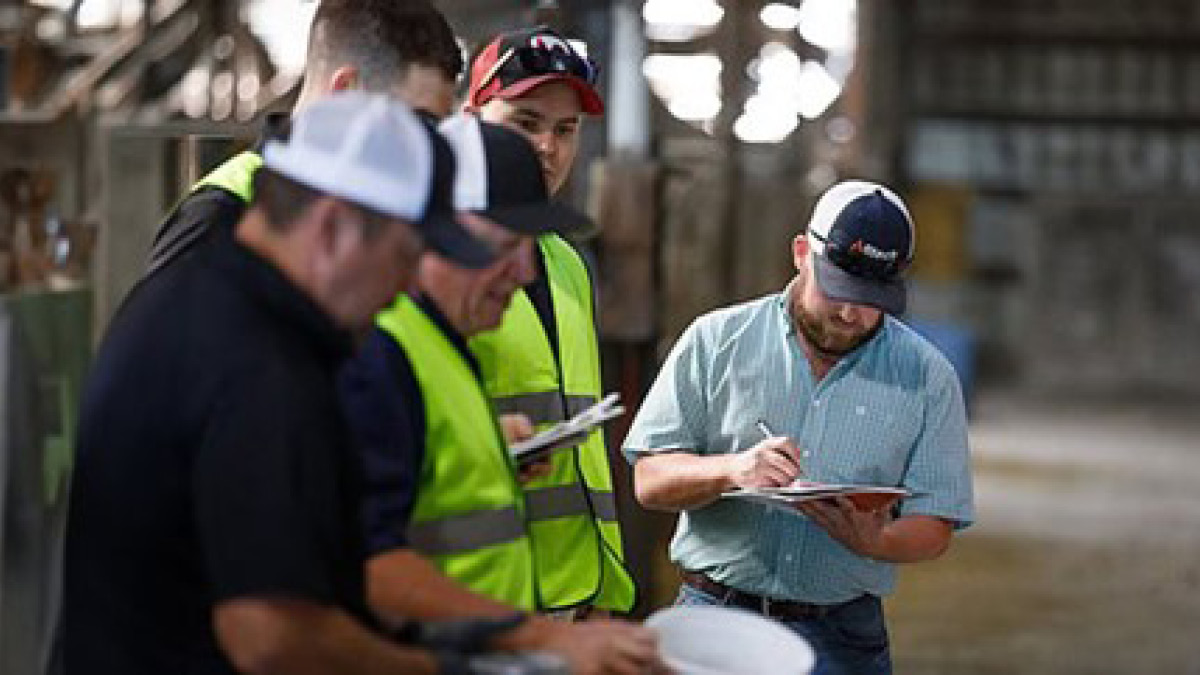Alltech Vocal Scholarship Competition,
University of Kentucky Singletary Center for the Arts
Lexington, Kentucky, USA

North America

Europe

Latin America

Asia Pacific

Africa

Middle East
University of Kentucky Singletary Center for the Arts
Lexington, Kentucky, USA
San Francisco Marriott Marquis
San Francisco, California, USA
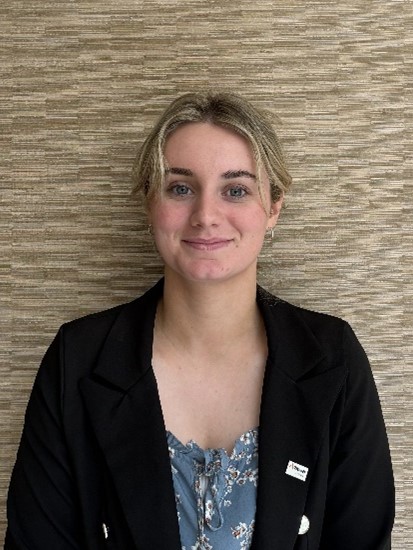
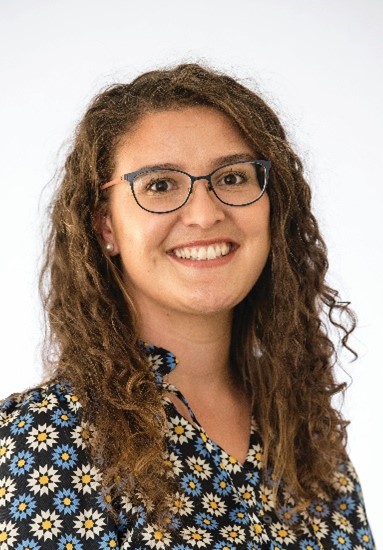
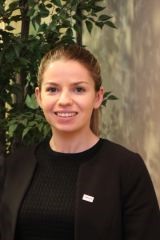
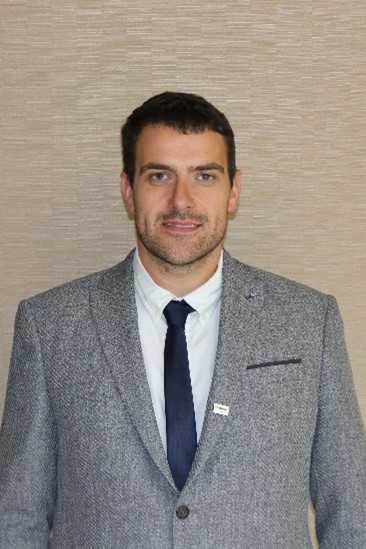

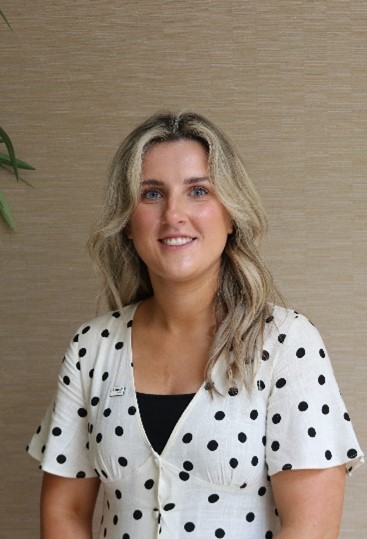


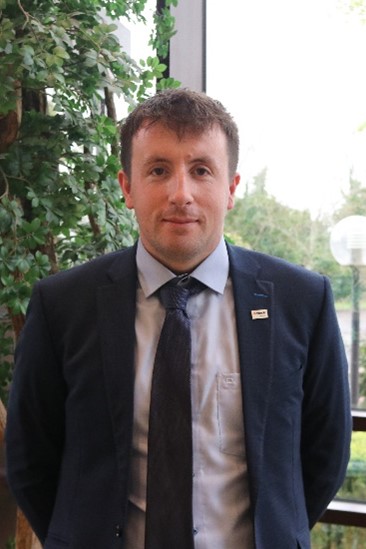
[BANGKOK, Thailand] – Alltech, a global leader in animal nutrition, will participate in VIV Asia 2025, March 12–14 at IMPACT in Bangkok, Thailand. With a focus on promoting sustainable food production, Alltech will highlight innovative solutions that enhance profitability, animal health, and environmental sustainability across the agri-food value chain.
The global team of Alltech experts will be at Booth #3410, Hall 2. For producers, suppliers and industry professionals, the Alltech booth will offer a unique opportunity to interact directly with the company’s experts and explore the latest developments in the agri-food sector.
In line with its purpose of Working Together for a Planet of Plenty®, Alltech will emphasize its commitment to sustainability through partnerships and innovations that address global food security, climate change and resource scarcity. At VIV Asia, attendees can expect to learn how Alltech’s solutions support a sustainable future for the agri-food industry.
Alltech’s programs at VIV Asia include:
For more information, visit Alltech.com.
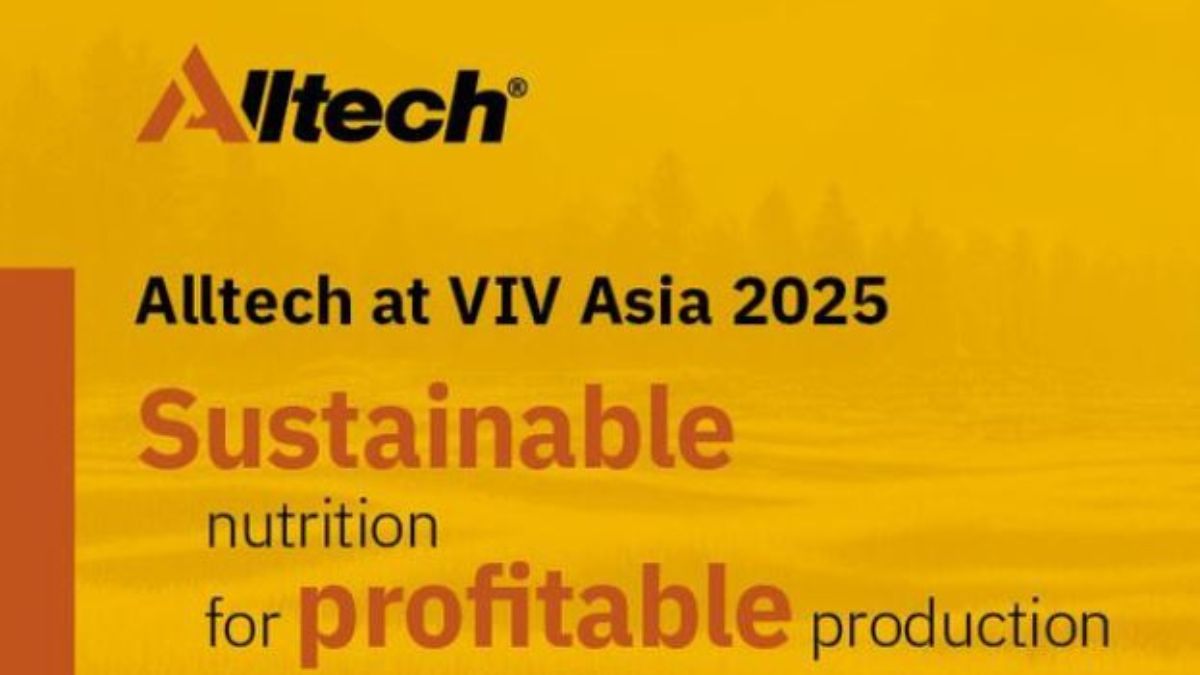
Yem bitkilerinin ekimi ve en uygun şekilde kullanımı, enerji tüketimi ve atık yönetimi gibi değişkenlerin birbirine bağımlılığını anlayan çiftçiler, tedarik zinciri boyunca etkide bulunan bilinçli kararlar alabilir ve sonuçta ekonomik sürdürülebilirliği sağlayabilir.
Çevresel sürdürülebilirlik ve karlılığa dair kaygıların karşı karşı kaldığı modern tarım endüstrisinde, sera gazı (GHG) emisyonlarının değerlendirilmesi çok önemli hale geldi. Sera gazlarının kaynaklarını ve sonuçlarını anlamak, çiftçilerin iyileştirilecek alanları belirlemesine, kaynak kullanımını optimize etmesine ve daha sürdürülebilir bir geleceğe katkıda bulunmasına olanak tanır.
Bu makalede aşağıdaki konular ele alınmıştır:
• Sera gazlarını ölçme (ve değerlendirmenin) önemi
• Çiftliklerde yaşanan çeşitli emisyonlar
• Kullanılan yöntemler (metodolojiler)
• Tedarik zinciri boyunca değerlendirmelerin etkisi
Alltech’in “bolluk gezegeni için birlikte çalışma”vizyonu
Alltech'in sürdürülebilirliğe olan bağlılığı emisyon azaltımının çok ötesine uzanmaktadır. Bu, doğal kaynakların korunduğu ve tarımsal uygulamaların insanlar da dahil tüm canlıları beslediği Bolluk GezegeniTM için Birlikte Çalışma (Working Together for a Planet of Plenty) vizyonunun bir parçasıdır. Bu büyük girişim, iklim değişikliğinin azaltılması ve artan global nüfus için gıda güvenliği gibi önemli konuları da içermektedir.
Alltech'in verimliliği ve sürdürülebilirliği artırmaya yönelik kapsamlı yaklaşımı, geniş bir çözüm ve hizmet yelpazesini kapsamaktadır. 2009 yılında kurulan ve 2015 yılında Alltech tarafından satın alınan Alltech E-CO2, bu yaklaşımın ayrılmaz bir parçasıdır. Yenilikçi teknolojileri ve metodolojileri, çiftlikte ve tedarik zinciri genelinde sürdürülebilirliği güçlü bir şekilde desteklemektedir.
Çiftçilerin karbon ayak izlerini değerlendirmelerine ve azaltmalarına olanak tanıyan E-CO2, daha sürdürülebilir ve yenilenebilir bir tarım sektörü yaratma hedefine katkıda bulunmaktadır.
Alltech E-CO2, bireysel çiftliklerden çok uluslu kuruluşlara kadar dünya çapında çok çeşitli müşterilere hizmet vermektedir.
Alltech E-CO2 dünya çapında 20.000'den fazla çiftlikte fiziki olarak ve uzaktan değerlendirmeler yoluyla bitkiler ve tüm önemli hayvan türleri için değerlendirme modelleri geliştirmiştir.
Alltech E-CO2’nun sertifikalı değerlendirme yöntemi aşağıdaki alanlarda derinlemesine veri elde etmeyi sağlamaktadır:
Toplanan veriler, pratik çiftlik içi ve çevrimiçi programların yanı sıra karbon emisyonlarının azaltılmasına ilişkin açık, kısa ve özelleştirilmiş tavsiyelerle karşılaştırmalı raporlama sunmak için kullanılır.
Sera gazları neden ölçülür?
Sera gazları tarımsal sistemlerdeki atıkların önemli göstergeleridir. Sera gazlarının değerlendirilmesi, çiftçilerin faaliyetlerindeki sıcak noktaların ve kayıp yaşadıkları alanların belirlenmesine olanak tanıyarak verimliliğin artırılmasını kolaylaştırır. Yem bitkileri ekimi ve kullanımı, enerji tüketimi ve atık yönetimi gibi değişkenlerin birbirine bağımlılığını anlayan çiftçiler, tedarik zinciri boyunca yankı uyandıran bilinçli kararlar alabilir ve sonuçta sürdürülebilirliği ve ekonomik sürdürülebilirliği artırabilir.
Çiftlikteki sera gazı emisyonları, fosil yakıt kullanımı, enterik fermantasyon ve gübre yönetimi dahil olmak üzere birçok kaynaktan ileri gelmektedir. Bu emisyonlar, hayvancılıktan kaynaklanan doğrudan emisyonlar ve gübre ve makine kullanımından kaynaklanan dolaylı emisyonlar gibi çeşitli yollardan meydana gelir. Ek olarak, yem ve gübre gibi girdilerin üretimi ve taşınması da dahil olmak üzere tarım öncesi süreçlerden kaynaklanan emisyonlar, tarımın genel karbon ayak izine daha fazla olumsuz etkide bulunmaktadır.
Alltech E-CO2, dünya çapındaki çiftçilerin ve yem üreticilerinin yemlerinin karbon ayak izini ölçmelerine ve azaltmalarına yardımcı olan Feeds EA™ (çevresel değerlendirme) modelini başlatmıştır. Feeds EA, mevcut maddelerin veya karışımların etkilerini değerlendirerek yem fabrikası düzeyinde yem üretiminin çevresel etkisini ölçer. Bu, yemin üretiminde üretim, yetiştirme, işleme, enerji kullanımı ve nakliyeden kaynaklanan sera gazı emisyonlarının hesaplanmasıyla belirlenir. Feeds EA, ham maddeler, soya ürünleri, yan ürünler ve katkı maddeleri de dahil olmak üzere 600'den fazla içerik maddesinden oluşan bir veri tabanından emisyonları hesaplayabilmektedir.
Alltech E-CO2, öncü çiftlik değerlendirme hizmetleri, özel yazılım çözümleri, çevre danışmanlığı ve çiftlik ve yem senaryo modellemesi sunarak tüm tarımsal tedarik zinciri boyunca çalışır.
Carbon Trust gibi üçüncü taraf değerlendirme kurumları tarafından onaylanan PAS:2050 ve ISO 14067 gibi metodolojiler, belirli müşterilerin ihtiyaçlarına göre uyarlanmış kapsamlı sera gazı değerlendirmeleri sağlar.
Çevresel değerlendirme modellerimiz, dünya çapında 30'dan fazla ülkede gerçekleştirilen 25.000'den fazla değerlendirmeyle tüm önemli geviş getiren ve tek mideli türleri kapsamaktadır. Ekibimiz, sürdürülebilir tarım uygulamaları için uygulanabilir bilgiler sağlamaya kendini adamış tarım, çevre bilimi ve veri analizi uzmanlarından oluşmaktadır.
Sera gazı emisyonlarını değerlendirmek yalnızca yasal gerekliliklerin karşılanmasıyla ilgili değil; iyileştirme ve yenilik fırsatlarını belirlemekle de ilgilidir. Alltech E-CO2'nun çözümleri, müşterilerimizin çevresel ayak izini azaltırken operasyonlarını optimize etmelerine yardımcı olma konusunda etkili olmuştur.
Süt ürünleri tedarik zincirinde sürdürülebilirliğin yönetilmesi
Alltech E-CO2 yalnızca emisyon azaltımı hakkında bilgi sağlamakla kalmamakta, aynı zamanda performans iyileştirmeleri için de destek sağlamaktadır. Meadow bu konuda, Alltech E-CO2 müşteri deneyiminin bir örneğidir.
Meadow, süt ürünleri, şekerleme, dondurma, hazır gıdalar ve bitki bazlı endüstrilerde uzmanlaşmış, katma değerli içerik madde üreten bir şirkettir. Meadow'un Birleşik Krallık'taki 500 çiftçisiyle olan yakın ilişkisi, dünyanın en iyi markalarına yılın 365 günü, 7/24, istikrarlı ve güvenli yüksek kaliteli süt ürünleri malzemeleri tedarikini garanti etmenin anahtarıdır. Meadow şirketi, adil fiyatları, başa çıkılması kolay, sürdürülebilir, dayanıklı ve verimli çiftçiliğe ilişkin uygulamalı tavsiyelerle çiftçilerin daha güçlü işletmeler kurmasını ve yürütmesini desteklemesiyle gurur duymaktadır.
Meadow’da çiftliklerden sorumlu müdür Jonathan Evans “Alltech E-CO2 ile olan ortaklığımız, çiftlik ziyaretleri yoluyla tedarikçi süt çiftliklerimizden üretim bilgilerini doğru bir şekilde toplayarak ve ardından bu verileri Carbon Trust sertifikalı E-CO2 modelini kullanarak ve doğrulayarak sürdürülebilir süt ürünlerine olan bağlılığımızı göstermemize olanak tanıyor. Alltech E-CO2 ekibi, süt havuzumuzdaki trendlerin belirlendiği ve eyleme dönüştürülebilir tavsiyelerin yer aldığı üreticiler için bireysel raporlar oluşturuyor. Bu, çiftlikte verimliliğin artırılmasına ve buna bağlı sera gazı emisyonlarının azaltılmasına yardımcı oluyor" diyor.
Zorlukları fırsatlara dönüştürmek
Sera gazı emisyonlarını değerlendirmek ve karbon ayak izinizi daha iyi anlamak, bir yasal uygunluk meselesinden daha fazlası olarak görülmelidir; bu aynı zamanda verimliliği, karlılığı ve sürdürülebilirliği artırmak için birçok fırsatın önünü açabilir.
Alltech’te, çiftçiler, endüstri paydaşları ve politika yapıcılarla ortaklıklar kurarak, yalnızca sera gazı emisyonlarını ve karbon ayak izini değil aynı zamanda toprak sağlığını, biyolojik çeşitliliği ve suyun korunmasını da ele alan bütünsel bir sürdürülebilirlik yaklaşımını teşvik etmekteyiz. Yenilikçi çözümlerimiz ve uzmanlığımızla çiftçiler, yem üreticileri ve daha geniş yem tedarik zinciri, giderek daha karmaşık hale gelen sürdürülebilirlik ortamında daha kolay yolunu bulabilir ve gelecek nesiller için olumlu değişime yol açabilir.
